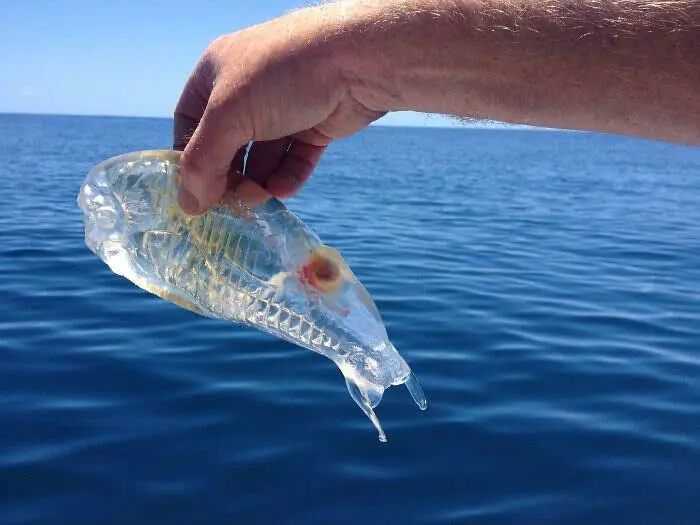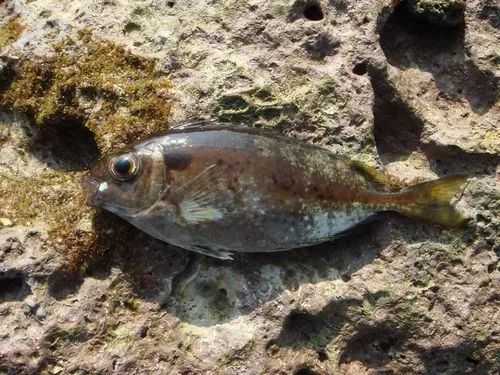
Often called the "transparent shrimp," salps are gelatinous marine tunicates renowned for their glass-like bodies, though they are not true shrimp but distant relatives of vertebrates. Primarily inhabiting cold, nutrient-rich waters, these filter feeders dominate the Southern Ocean around Antarctica, forming massive swarms that play a crucial role in global carbon cycling.
Salps resemble cylindrical jellyfish, with transparent bodies up to 10 cm long (though chains of individuals can stretch meters). Their gelatinous form is supported by a cellulose "tunic," and a ring of cilia inside the body creates water currents to filter plankton. This transparency serves as both camouflage and a survival strategy in the open ocean, where visibility is key to avoiding predators like fish and squid.
Their most remarkable trait is metagenesis—alternating between asexual (colonial) and sexual (solitary) life stages. Asexual individuals bud off genetically identical copies, forming long chains that float together, while sexual stages produce eggs and sperm to ensure genetic diversity.
In the frigid Southern Ocean, salps bloom in response to phytoplankton outbreaks, consuming up to their own body weight in plankton daily. As they feed, they convert tiny algae into dense fecal pellets, which sink to the ocean floor, trapping carbon dioxide—a process known as the "salp pump." This makes them vital for mitigating climate change, with some studies estimating Southern Ocean salps sequester millions of tons of carbon annually.
Their swarms also serve as a food source for whales, seals, and seabirds. When abundant, salps can outcompete krill, altering food web dynamics—a phenomenon being studied as Antarctic waters warm.
While salps thrive in cold waters, they are sensitive to ocean acidification and warming. Rising temperatures in the Southern Ocean may shift their range or disrupt their life cycle, threatening both their carbon-sequestering role and dependent species. Scientists monitor salp populations closely, recognizing their importance as indicators of Antarctic marine health.
In the icy expanse of the Southern Ocean, these transparent tunicates embody nature’s ability to thrive in extremes. Their gelatinous forms, though fragile in appearance, drive ecological processes that sustain life on a planetary scale—reminding humanity of the hidden power in Earth’s most remote and seemingly barren waters.





